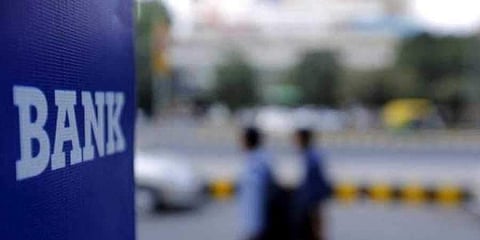

The banking system liquidity, the lack of which spooked markets just a few months ago, is now in surplus mode for the tenth consecutive week. Going forward, the situation is likely to continue, experts said.
A deficit scenario severely hampers banking and financial transactions, affects investment growth, prevents lenders from lower interest rates and impacts the overall growth of the economy.
“The net liquidity in the banking system would continue to be in surplus mode this week despite higher government borrowings scheduled for the week (Rs 17,000 crore by the Central government, Rs 25,000 crore cash management bill and Rs 11,800 crore by state governments) and outflows owing to personal income tax deadline,” noted Kavita Chacko, senior economist, Care Ratings.
The net liquidity surplus (net outstanding repo) has recorded moderation during the week declining from Rs 2.04 lakh crore on August 5 to Rs 1.4 lakh crore on August 8. Despite the moderation, liquidity surplus continues to remain above Rs 1 lakh crore since July 11. It remained so since June 3 barring one or two exceptions, making it the tenth consecutive week of banking system liquidity surplus.
According to Care Ratings, during the week ended August 9, the daily net absorption by the Reserve Bank of India (RBI) from the banking system, ie., daily repo and reverse repo operations, including fresh term repo and reverse repo auctions and excluding the outstanding term repo and reverse repo operations, was more than Rs 1 lakh crore on each day of the week, with the highest absorption being Rs 1.8 lakh crore on August 5.
The moderation in system liquidity can be attributed to higher government market borrowings aggregating Rs 54,800 crore, including the centre’s Rs 17,000 crore, states’ Rs 12,800 crore and cash management bills worth Rs 25,000 crore, besides fund requirement by corporates to meet the monthly TDS deadline, according to Chacko. Also, higher outflows on account of festivals could have partially weighed on liquidity.
Suyash Choudhary, head – fixed income, IDFC AMC observed that RBI Governor Shaktikanta Das, while noting the surplus, reaffirmed commitment to provide abundant liquidity. “Thus the implementation basis the recommendations of the proposed liquidity framework is likely to be consistent with the current market view that the RBI has already moved to targeting surplus liquidity,” he added.
Meanwhile, lower lending by banks and recent higher deposits — incremental bank credit offtake between April 1 and July 19 contracted by a de-growth of 1.2 per cent, while bank deposits grew by 0.6 per cent — coupled with resumption of government spending following the general election outcome, which has seen the central government’s surplus cash balances with the RBI being reduced to nil, has supported the banking system liquidity, said Chacko.